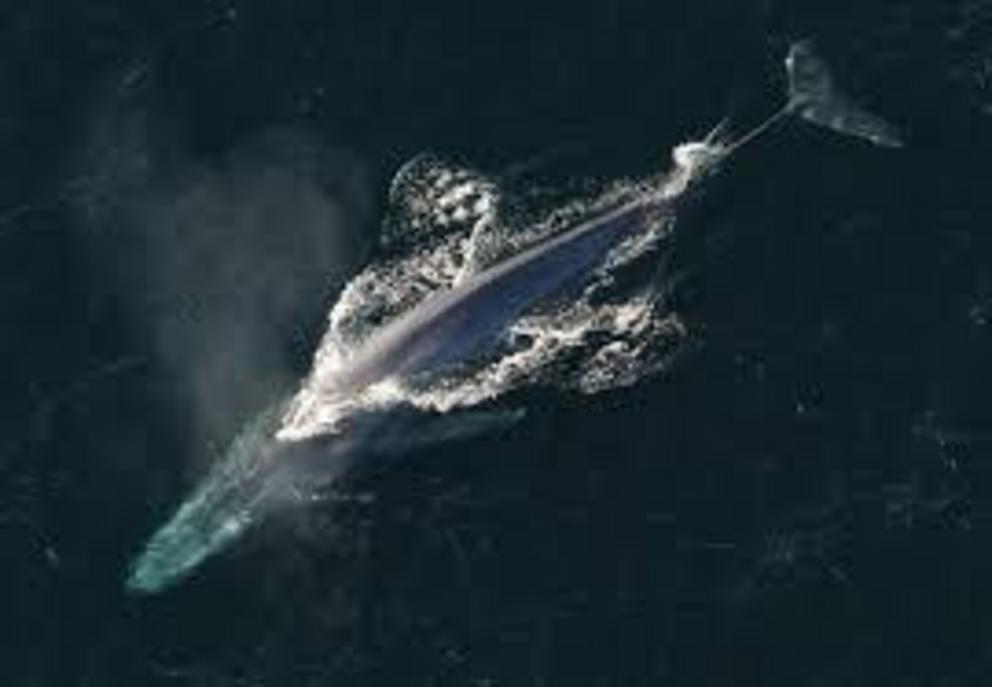New population of blue whales heard in the Indian Ocean
Researchers were amazed by their distinctive song.
The largest known animal to ever exist on Earth, the blue whale also has a robust call that can be heard from up to 600 miles away.1 With a mighty presence like this, it’s hard to believe that an entire population could somehow have maintained their privacy tucked away in the Indian Ocean.
An international team of researchers uncovered what they believe to be a new population of blue whales. They described them by their unique melody in a new study in the journal Endangered Species Research.
Salvatore Cerchio, a marine mammal biologist at the African Aquatic Conservation Fund and visiting scientist at the New England Aquarium, first recorded the singing when studying whales off the coast of Madagascar in 2017. He realized it was a blue whale song that had never been described before.
“People knew there were blue whales in this area. I had been researching blue whales off of Madagascar with passive acoustics. When we started looking at records, there weren't two song types, there were four,” Cerchio tells Treehugger. “This one was a new one. This area was more complex and more going on here that was going on before.”
The discovery, he says, was quite remarkable.
“It’s very exciting and maybe it’s hard to describe that,” says Cerchio, lead author on the study. “Most of what scientists do is look at what has been reported before and ask more questions. True discovery is a very rare event. It’s very satisfying.”
Blue whale songs have been studied extensively throughout the world and several populations have been identified in the Indian Ocean due to their distinctive songs.
"With all that work on blue whale songs, to think there was a population out there that no one knew about until 2017, well, it kind of blows your mind," Cerchio says.
Researchers Compare Notes
After the team reported their findings, word spread to other researchers who were also doing acoustic research on blue whales. Soon, Cerchio and his investigators had found that the same song had been recorded at another site off the coast of Oman, in the Arabian Sea.2 Later, researchers from Australia reported the same tune off the Chagos Archipelago in the central Indian Ocean.2
Researchers compared data from all three sites and the analysis suggested that it was likely a distinct population.2 The group likely spends its time in the northwestern Indian Ocean, in the Arabian Sea, and to the west of the Chagos.
“The other key part of this is that the research is in areas that are remote and have not been the focus of research for very long — most of the coast of Africa,” Cerchio points out. “When you look, you tend to find things.”
Cerchio suggests that the discovery also has very important implications for the conservation of the species.
“There was illegal hunting by soviets in the ‘60s long after there were moratoriums. They went to the Arabian Sea and just swept it of whales: humpback, blue whales, sperm whales. This region was hit very hard,” Cerchio says.
It was always assumed that these were the same whales that were in other parts of the Indian Ocean, Cerchio says.
“But they are distinct, meaning they may be much more endangered than previously thought. This is the real consequence of the work.”

